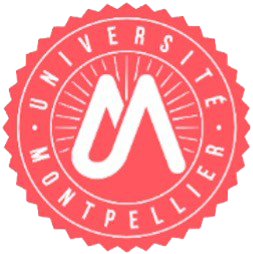MECHANISMS OF STAPHYLOCOCCAL INFECTIONS
01
Role of bacterial kinases and phosphatases in Staphylococcus aureus infection
02
Role of S. aureus prophages in diabetes-related infections
03
Role of the host post-translational response during infection
DEVELOPMENT OF NEW ANTI-STAPHYLOCOCCAL STRATEGIES
01
Identification and molecular characterisation of new anti-staphylococcal bacteriophages
Phages are lytic viruses that infect bacteria with a high degree of specificity. Lytic phages are often considered to be the most acceptable treatment for use in humans, as they are effective in killing their host in a short period of time, which considerably minimises the likelihood of bacteria acquiring resistance to phages. We have developed a therapeutic approach based on the use of bacteriophages to effectively combat staphylococcal infections of diabetic foot ulcers. We have now isolated several bacteriophages capable of specifically lysing the clinical strains involved in these infections.
Our collaboration with the GREENPHAGE Company aims to develop an innovative therapeutic approach based on bacteriophages, to effectively combat S. aureus infections. This collaboration will enable us to jointly set up and develop the first in vivo trials to assess the antibacterial activity of bacteriophages in S. aureus infections on the zebrafish animal model.




